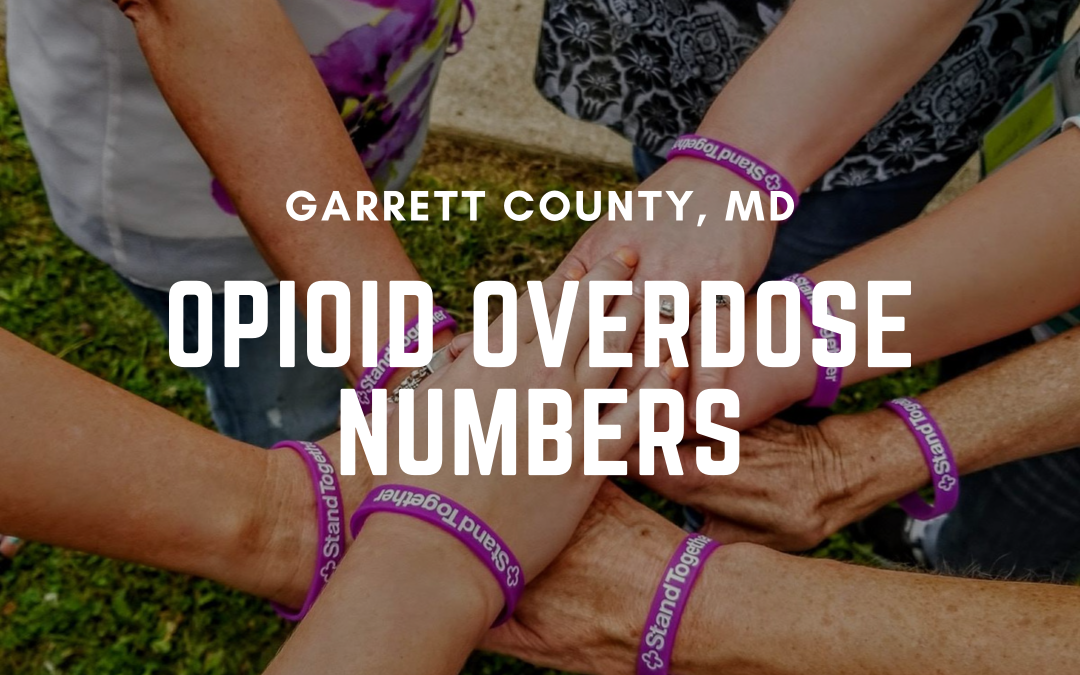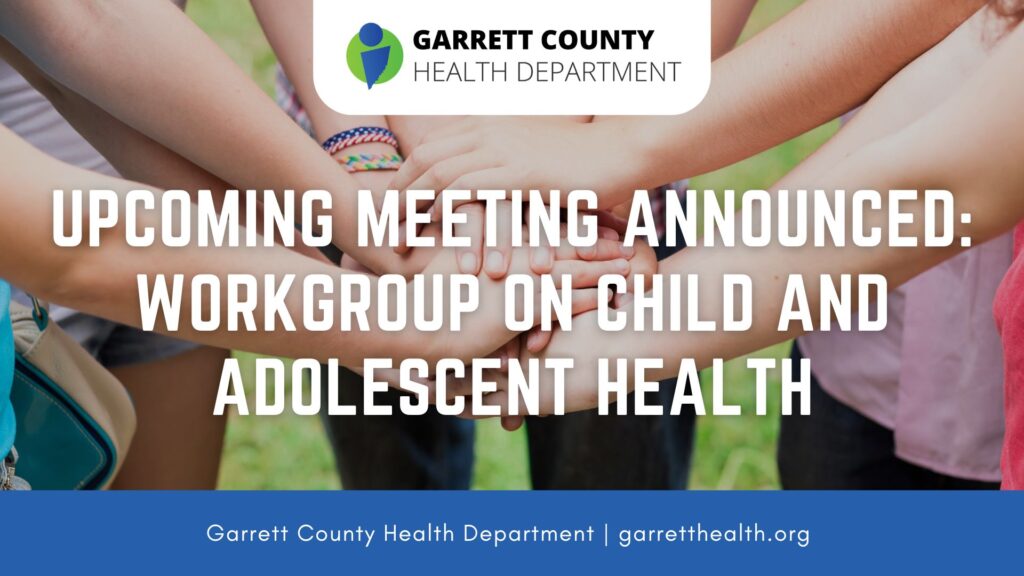By Diane Lee, Public Information Officer, Garrett County Health Department
The entire nation is dealing with the opioid epidemic.
Although Garrett County has not been spared, it is one of only four Maryland counties that saw a decrease in opioid deaths between 2019 and 2020. While the decrease was only from 6 to 5 deaths, it represents a percentage reduction of 16.7%. Any decrease is better than the increases seen in many jurisdictions and in the state as a whole.
“Even one overdose death is too many for our community,” said Garrett County Health Officer Bob Stephens. “However, we are pleased that the hard work of all of our local partners to reduce stigma, provide treatment options and prevent overdose deaths is paying off.”
Maryland had 2,499 opioid-related intoxication fatalities in 2020, an 18.7% increase compared to 2019. Opioids were involved in 90.1% of all fatal overdoses, higher than at any other point during the opioid crisis.
The Maryland Department of Health, Center for Harm Reduction Services, provides Narcan to all Maryland jurisdictions. This allows for distribution of Narcan at no cost to county residents. Distribution of free Narcan began in Garrett County in 2015, and last year the distribution became community based to make it easier to access Narcan during the COVID-19 pandemic.
Garrett County distributed 435 units, or 870 doses, of Narcan in 2020. During that year, Garrett County was also one of only four counties to achieve Narcan saturation among their high-risk population. To reach Narcan saturation, a county distributes enough doses of the medication to equal at least twenty times the number of overdose deaths that occurred in the county during that year. The formula to determine the saturation level only counts Narcan distributed to those at high risk for an opioid overdose, or to those with a relationship with someone who is at high risk. An original study determined that achieving saturation leads to a 20-30% reduction in overdose related deaths.
“Both EMS and law enforcement have reported an increase in the number of Narcan administrations by family and bystanders before EMS arrives on the scene,” said Chelsie Dever, Overdose Response Program Coordinator at the Garrett County Health Department. “It’s important for everyone to carry Narcan because you never know who may be at risk for an opioid overdose. Being prepared by having Narcan on hand could save someone’s life.”
Other Maryland counties with a decrease in are opioid-related deaths between 2019 and 2020 are:
● Calvert – down from 25 to 20 or 20.0%
● Carroll – down from 51 to 42 or 17.6%
● Kent – down from 10 to 6 or 40.0%
Allegany County experienced the highest percentage increase in opioid deaths during that time period at 108.7% increase, 25 more than in 2019. The largest numerical increase was observed in Baltimore City, which reported 103 more opioid-related intoxication fatalities than it experienced in 2019, representing a 12.1% increase.
Maryland is not the only state that experienced an increase in opioid-related fatalities in 2020. According to the most recent preliminary data available from the Centers for Disease Control and Prevention (CDC), there was an increase of 22.8% nationally in reported fatalities from all types of drugs during the 12-month period ending in July 2020. The CDC also noted that these increases accelerated across the country as pandemic conditions worsened.
For more information or to receive Narcan call 301-334-7724. The distribution program is administered by the Garrett County Health Department through funding from MDH and SAMHSA. For substance abuse treatment services call Garrett County Center for Behavioral Health at 301-334-7680 or 301-895-3111.
- Weather-Related Cancelation – Bounce Into Summer Event - June 8, 2025
- 360 Access Hub (Also Known as the Garrett County Food Bank Project) Takes Another Step Forward With Help From Community Works Garrett County! - June 6, 2025
- Garrett County Enhances Stakeholder Access to Advanced Mapping Tools and Public Property Records Through a Strategic Collaboration Between the Health Department and Garrett County Government - June 6, 2025









